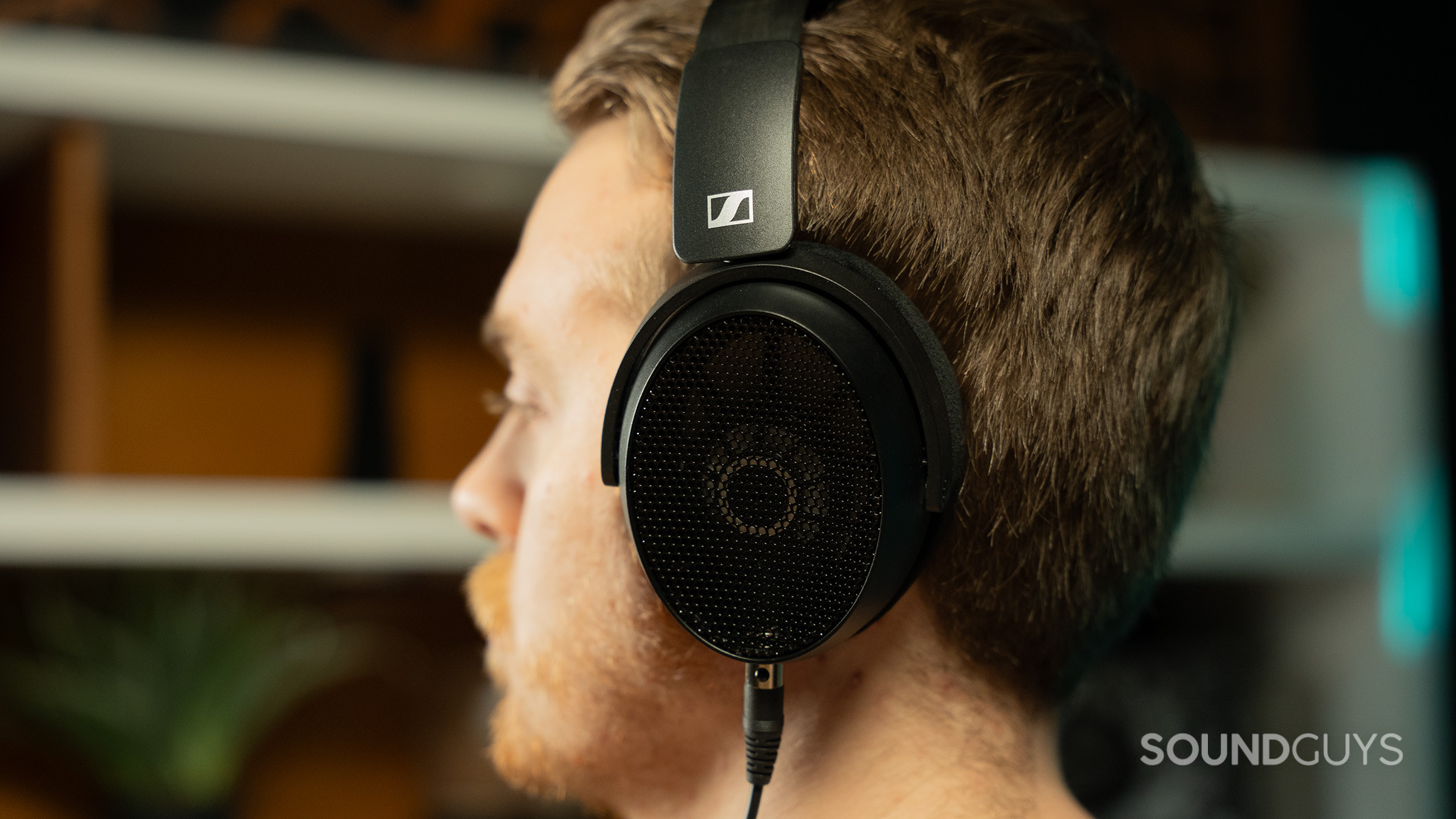I agree that sturdy plastic can be pretty sufficient when it comes to sturdiness. The problem with the HD660S2 were the sounds it made when the left earcup moved a little. I also tried to extend the headband or shorten it to see if it makes a difference, it didn't. For me its just not worth the money with such build quality so I ordered the 560S again for 99€ refurbished and will see if it can replace my go-to headphone for easy listening on my desktop which is a DT 880 Edition.
I also have a Sennheiser HD-25 II and use it extensively for the gym, but also that headphone has two defective contacts on both sides now, so I need to wiggle a bit on the connections on top of the earcups. But to be fair I really used them more like a tool and didn't treat them with great care. Also I was still quite pleased with them. I bought them 5 years ago aprox.
I also have a Sennheiser HD-25 II and use it extensively for the gym, but also that headphone has two defective contacts on both sides now, so I need to wiggle a bit on the connections on top of the earcups. But to be fair I really used them more like a tool and didn't treat them with great care. Also I was still quite pleased with them. I bought them 5 years ago aprox.



